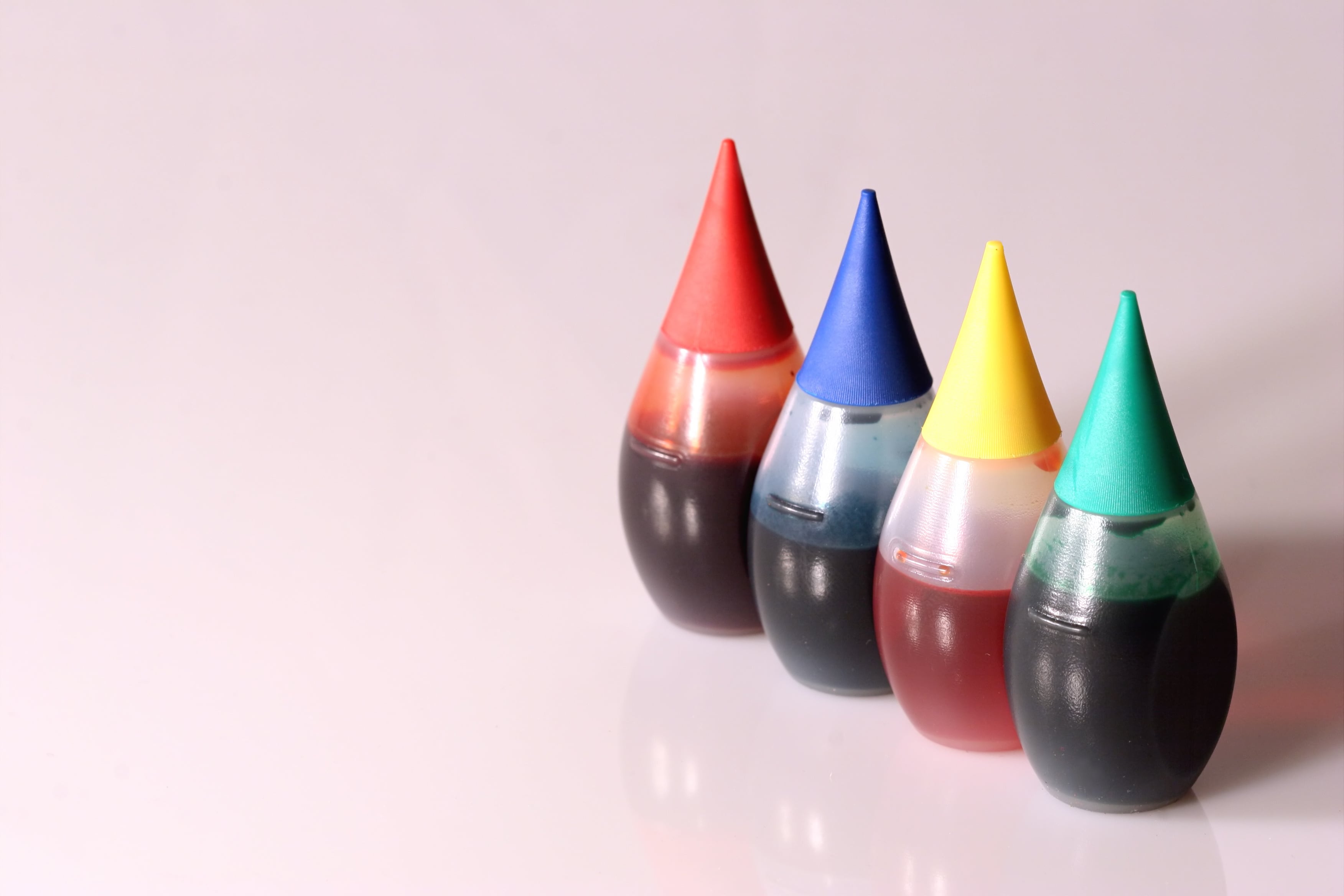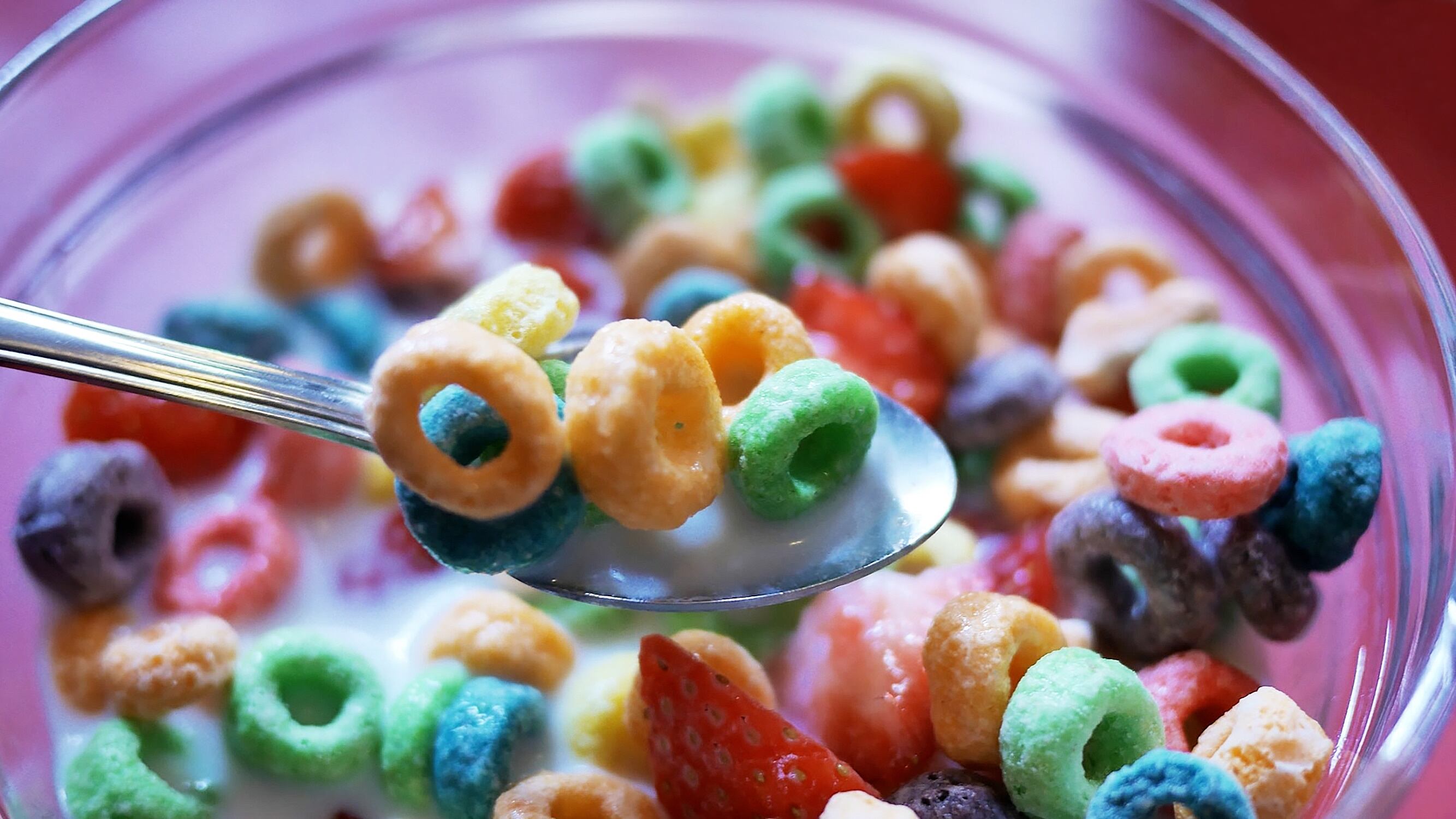America’s colourful food landscape is undergoing a seismic shift. Long used to enhance visual appeal in breakfast cereals, bakery toppings and candies, synthetic dyes are being phased out at a rapid clip.
The push is being led by the US Food and Drug Administration (FDA) and the Department of Health and Human Services, under President Donald Trump’s Make America Healthy Again (MAHA) initiative. Health Secretary Robert F Kennedy Jr is spearheading the charge, describing synthetic food dyes as “poisonous compounds” with no nutritional value that may pose serious health risks, especially for children.
On 16 February, the FDA finalised a long-anticipated ban on Red Dye No. 3 – also known as erythrosine – citing its carcinogenicity in animal studies. Red 3 had been used in thousands of products, from icings and sprinkles to cocktail cherries and candy.
But that ban – which takes effect in early 2026 – is just the beginning. The FDA has announced plans to phase out all six remaining petroleum-derived certified colour additives – Red 40, Yellow 5, Yellow 6, Blue 1, Blue 2 and Green 3 – by the end of 2026. While the agency is stopping short of outright bans in every case, companies are expected to reformulate and soon.
State-level legislation is accelerating that timetable. California has banned Red 3 in all foods and beverages beginning in 2027, while West Virginia has passed laws eliminating synthetic dyes from all school meals by 2026 and banning them outright by 2028. Texas will require warning labels on dozens of additives, including artificial dyes, starting in 2027. Meanwhile, Utah and Virginia are working on their own proposals to restrict synthetic dyes from K-12 food programmes.
These legislative moves are backed by a growing body of research that link synthetic dyes to behavioural issues, including hyperactivity and attention deficits, in children. While the science isn’t universally accepted, several studies have raised concerns about potential DNA damage,immune system disruption and in the case of Red 3, tumour development in male rats. Consumers are taking a stand: A recent Consumer Reports survey found two-thirds of Americans support removing artificial colours from food, while nearly a third actively try to avoid them.
Big food’s reformulation race

Chicago-based Conagra Brands plans to make all of its school foodservice products dye-free by the 2026-27 academic year, with the rest of its US retail portfolio to follow by the end of 2027. Some reformulated products are already on shelves: Orville Redenbacher’s popcorn now gets its golden hue from annatto, while Vlasic pickles have swapped Yellow 5 for turmeric. It has also pledged to eliminate synthetic dyes from its entire frozen food portfolio – including Healthy Choice, Marie Callender’s, and Birds Eye – by the end of this year.
Hostess brand owner JM Smucker responded swiftly in early 2025, shortly after California banned Red 3 dye in food. In January, the company began reformulating its Hostess snack cakes and fruit pies, replacing synthetic reds and yellows with natural alternatives like beet juice and paprika extract. It has also committed to eliminating synthetic dyes across all its brands, including Jif, Smucker’s and Folgers, by the end of 2027. School-targeted items will be dye-free a year earlier.
General Mills – think Cheerios, Betty Crocker and Annie’s – plans to eliminate synthetic dyes from its cereals and school food lines by summer 2026. The company says that 85% of its US products are already free of certified colour additives and it expects the rest of its US offerings to be compliant by the end of 2027. Its reformulation efforts focus on maintaining colour vibrancy using plant-based ingredients such as spirulina, turmeric and fruit and vegetable juice concentrates.
Kraft Heinz says 90% of its US product volumes are dye-free. Kraft Mac & Cheese, for example – once the poster child for artificial yellow colouring – has been using paprika and annato since 2016. From the beginning of 2025, it has eliminated synthetic dyes from all new product launches and plans to convert any remaining legacy products by the end of 2027.
Nestlé USA – which has arguably moved the fastest among the multinationals – announced it will complete the elimination of all FD&C synthetic dyes from its US products by mid-2026. The company claims over 90% of its products are already compliant. Nestlé is using colour sources such as gardenia extract, beet juice and caramel colour to replicate the look.
Hershey’s has committed to removing synthetic dyes from all its US confections – including Jolly Ranchers, Ice Breakers and Twizzlers – by the end of 2027.
Though it’s yet to make a formal public commitment, PepsiCo is reportedly working behind the scenes to reformulate Lay’s, Doritos and other brightly coloured snacks.
On the other hand, Skittles-maker Mars Inc hasn’t committed to a phase-out, arguing the dyes are FDA-approved and safe when used as directed. It is, however, reportedly testing natural colour versions in select global markets.
While some of the biggest food companies are only now making headlines with their reformulation plans, many smaller brands were ahead of the curve. Natural and organic-focused players had already been responding to demand from parents, schools and health-conscious consumers, using ingredients like beet juice, turmeric, spirulina and annatto long before Red 3 bans came into focus.
The challenges behind the colour shift

Reformulating without synthetic dyes may seem like a straightforward fix but in practice, it’s anything but.
Natural colourants bring a host of technical challenges that make the transition far more demanding than it appears. They’re often less stable than synthetic dyes, prone to fading, browning or shifting hue when exposed to heat, light or changes in pH. Matching the vivid intensity consumers expect is another hurdle and in flavour-sensitive products like confections or dairy, natural alternatives can even alter aroma or taste.
Sourcing also complicates the equation. Rare pigments such as butterfly pea flower or spirulina extract are in high demand but short supply, with fragile supply chains that are easily disrupted. Natural counterparts also cost 5% to 20% more, putting strain on margins, especially for smaller brands. While some companies have partnered directly with specialist suppliers to secure consistency, achieving scale remains an ongoing constraint.
Still, reformulation is quickly shifting from a regulatory necessity to a strategic business move. Clean label expectations are now squarely in the mainstream and investors are taking notice. When JM Smucker announced its plan to eliminate synthetic dyes by 2027, its stock jumped 7% – a sign that transparency and ingredient integrity are no longer niche perks but competitive advantages.
By the end of 2027, most US packaged foods are likely to be free from synthetic dyes, driven by a combination of regulatory pressure, state-level mandates and consumer demand. For an industry that has relied on artificial colour to drive shelf appeal for more than half a century, it’s nothing short of a transformation.
Studies:
Miller MD, Steinmaus C, Golub MS, et al. Potential impacts of synthetic food dyes on activity and attention in children: a review of the human and animal evidence. Environ Health. 2022 Apr 29;21(1):45. doi: 10.1186/s12940-022-00849-9. PMID: 35484553; PMCID: PMC9052604.
Zhang Q, Chumanevich AA, Nguyen I, et al. The synthetic food dye, Red 40, causes DNA damage, causes colonic inflammation, and impacts the microbiome in mice. Toxicol Rep. 2023 Sep 6;11:221-232. doi: 10.1016/j.toxrep.2023.08.006. PMID: 37719200; PMCID: PMC10502305.
He Z, Chen L, Catalan-Dibene J, Bongers G, et al. Food colorants metabolized by commensal bacteria promote colitis in mice with dysregulated expression of interleukin-23. Cell Metab. 2021 Jul 6;33(7):1358-1371.e5. doi: 10.1016/j.cmet.2021.04.015. Epub 2021 May 13. PMID: 33989521; PMCID: PMC8266754.
Borzelleca JF, Capen CC, Hallagan JB. Lifetime toxicity/carcinogenicity study of FD & C Red No. 3 (erythrosine) in rats. Food Chem Toxicol. 1987 Oct;25(10):723-33. doi: 10.1016/0278-6915(87)90226-2. PMID: 2824305.



